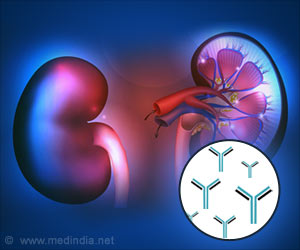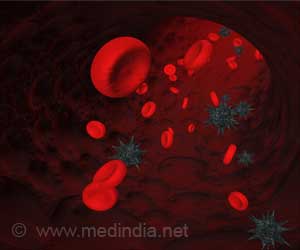Chloroform, one of the earliest general anaesthetics to be used in medical science, has shed light on how these anaesthetics actually work - an enigma that's baffled doctors for over 150 years.
Chloroform, one of the earliest general anaesthetics to be used in medical science, has shed light on how these anaesthetics actually work - an enigma that's baffled doctors for over 150 years.
The discovery, made by Leeds University PhD student Dr Yahya Bahnasi, has been described as "true serendipity", as it offers a clue that may unravel the enigma of general anaesthesia.Dr Bahnasi said that his finding has provided the opportunity to design new generations of anaesthetics without harmful side effects.
"We take general anaesthesia for granted nowadays, but it's still true to say that we don't know exactly how it works on a molecular level," said Dr Bahnasi, a qualified medical doctor on an Egyptian Ministry of Higher Education Scholarship at the University's Faculty of Biological Sciences.
"However, I was examining the relationship between lipids and atherosclerosis [the furring up of arteries] and it just so happened that the lipids I was using were supplied already dissolved in chloroform. I noticed that the chloroform inhibited, or blocked, the calcium ion channel TRPC5 - it was quite a striking effect," he added.
Ion channels are pathways that permit electrically charged atoms to pass across cell membranes to perform various functions such as pain transmission and the timing of the heartbeat. TRPC5 calcium ion channels are found in many tissues around the body but are predominant in the brain.
"We know that this ion channel plays a signalling role in the central nervous system, which regulates the conscious and unconscious states, so I was left wondering whether inhibiting this calcium ion channel was one mechanism by which anaesthesia works," said Dr Bahnasi.
Advertisement
He said that the discovery opens up the opportunity to design and develop new generations of anaesthetics, which directly target TRPC5, but with minimised side effects.
"But it's a great start in piecing together the underlying mechanisms and providing a novel molecular target for new drug design.
"And it's particularly fitting that this evidence was revealed by chloroform, the 'grandfather' of modern anaesthetics," he added.
Source-ANI
SRM/M









